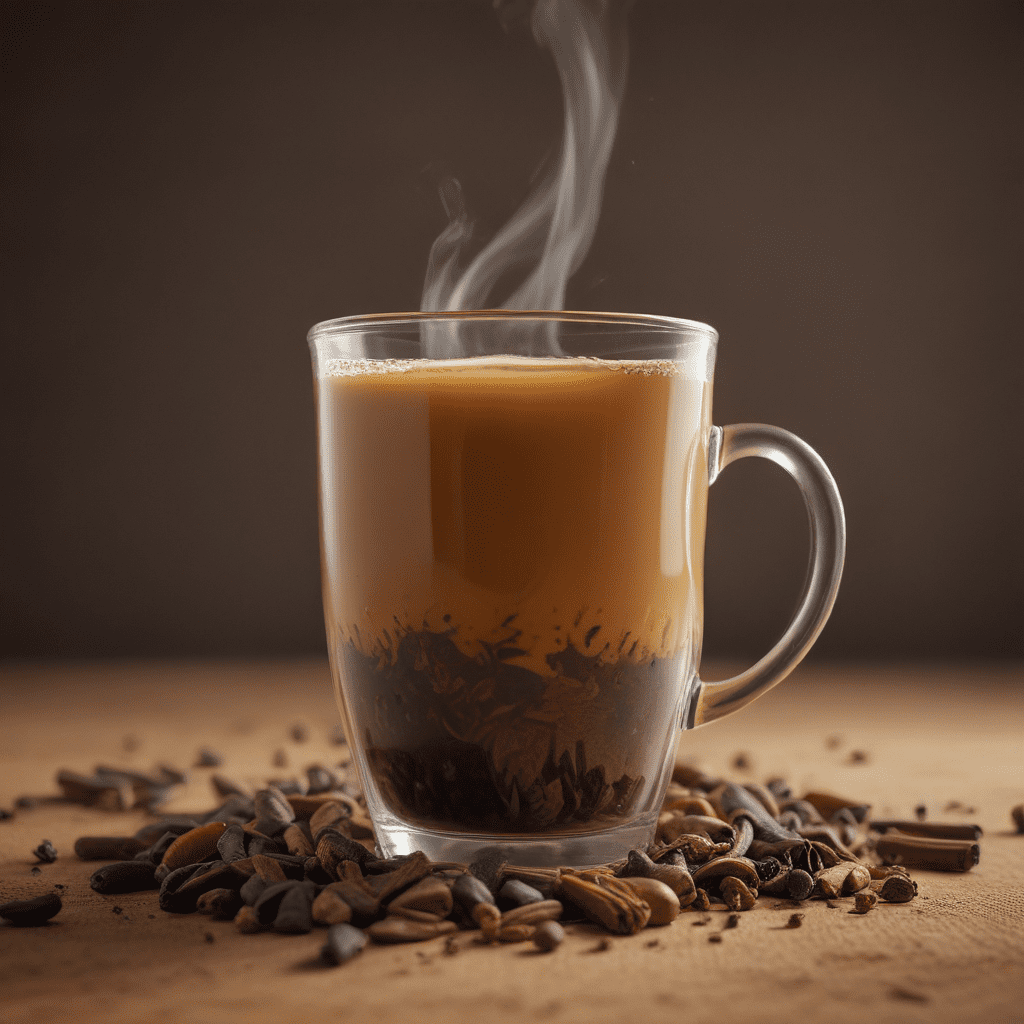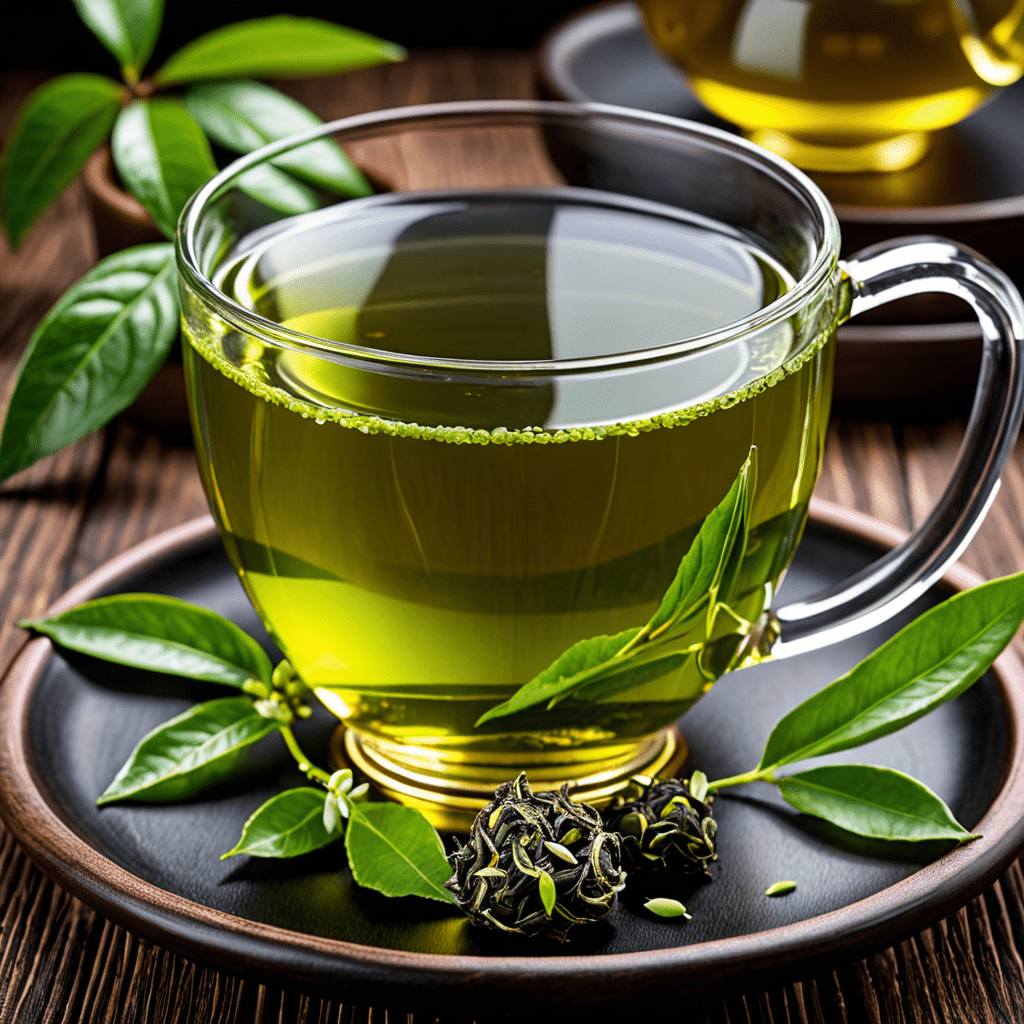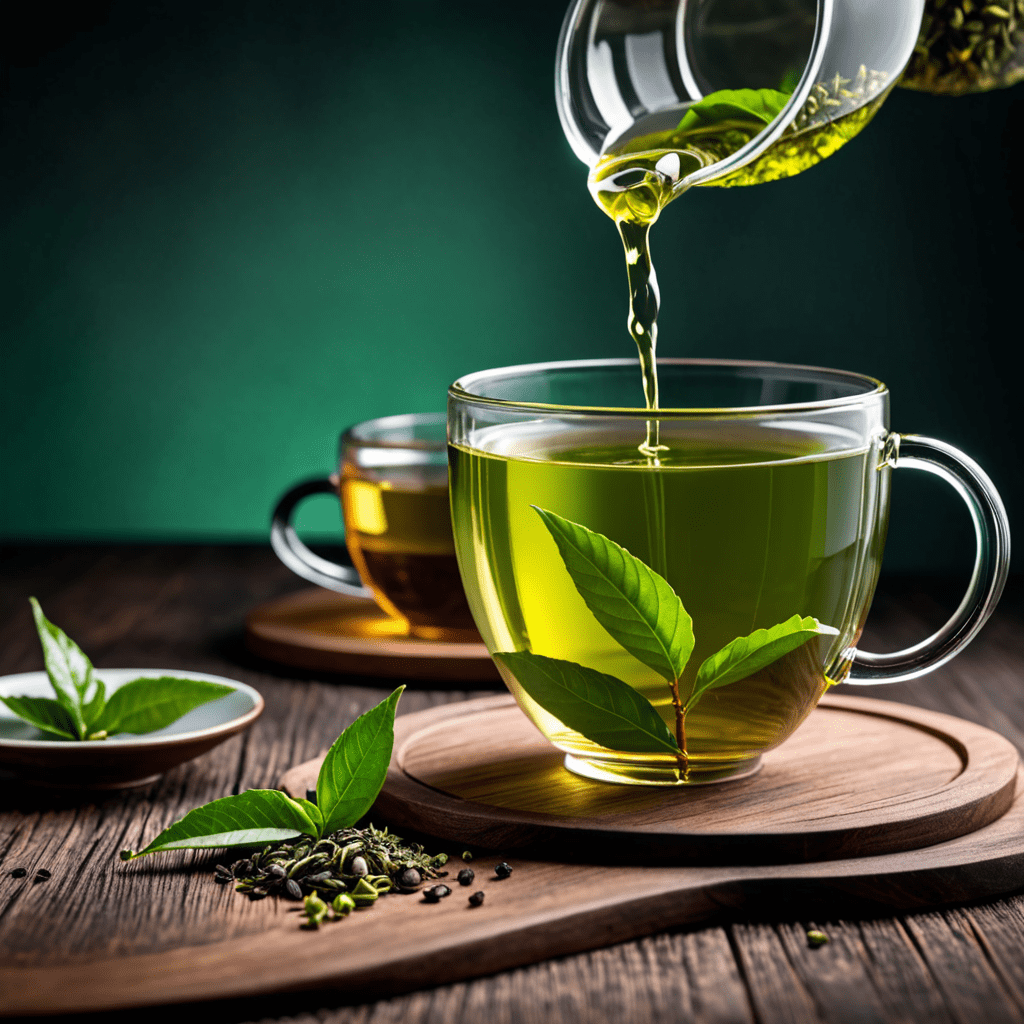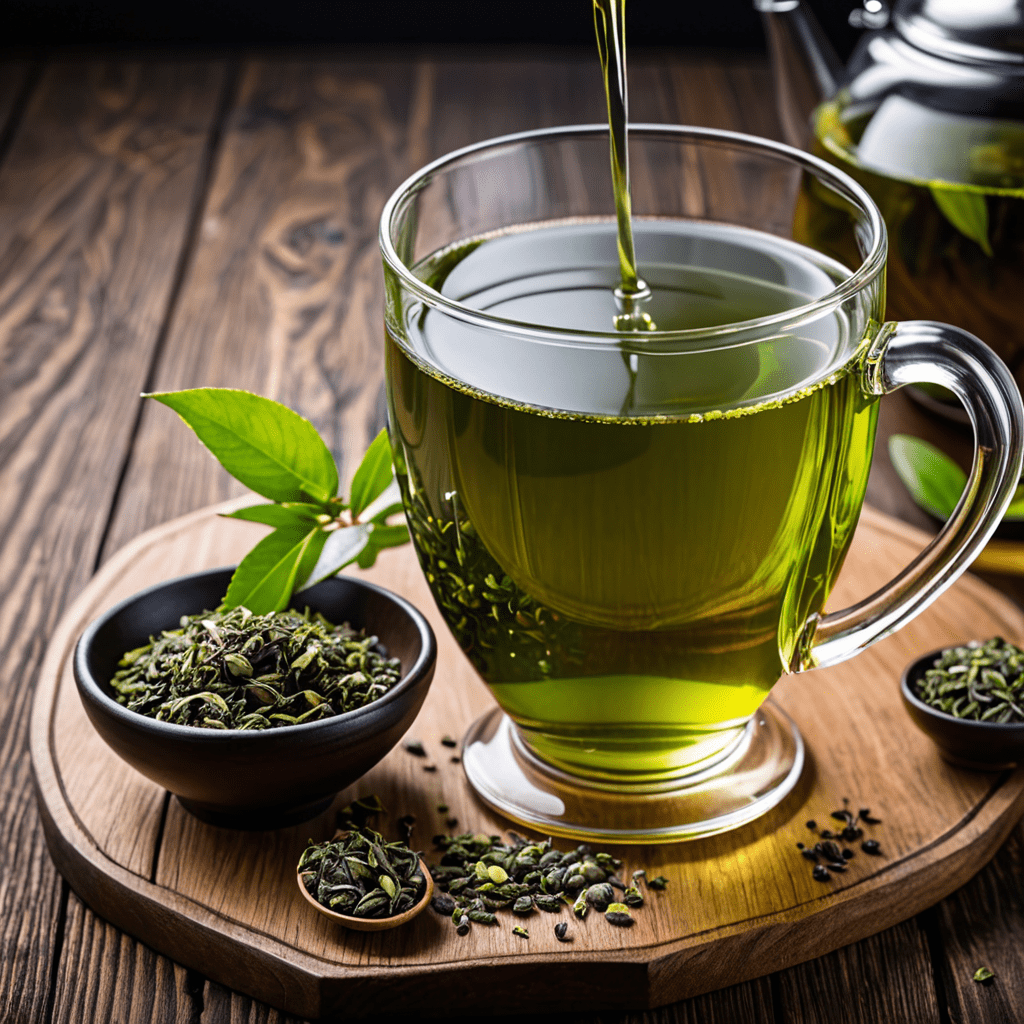Introduction to the Enchanting World of Chai Tea
Chai tea, a tantalizing infusion of aromatic spices and invigorating black tea, invites you to embark on a sensory journey that transcends the realm of mere beverages. Its heartwarming essence has captivated cultures across the globe, leaving an indelible mark on culinary traditions and social customs. As we delve into the world of chai, we will explore its captivating history, unravel the secrets behind its delectable symphony of flavors, and uncover its myriad applications that extend beyond the confines of a teacup.
A Historical Journey: Tracing Chai’s Origins
Chai's genesis can be traced back to ancient India, where it emerged as a traditional Ayurvedic beverage known as "masala chai." This concoction, crafted from a melange of spices and herbs, was believed to possess medicinal properties. Over time, as trade routes flourished, chai embarked on a global expedition, enchanting palates from the Far East to the West. Today, chai tea has become a beloved staple in homes and cafes worldwide, celebrated for its invigorating aroma and comforting warmth.
The Perfect Blend: Decoding Chai’s Spicy Symphony
Chai's distinctive flavor profile is an orchestra of aromatic spices, each contributing a unique note to the symphony. The cornerstone of this blend is black tea, providing a robust foundation upon which the spices dance. Cinnamon, with its warm and subtly sweet undertones, plays a leading role, while ginger adds a refreshing zing that awakens the senses. Cardamom, with its alluringly complex aroma, infuses chai with a touch of elegance, while cloves and nutmeg lend a hint of warmth and depth. This harmonious union of spices creates a symphony that tantalizes the taste buds and captivates the soul.
Brewing Techniques: The Art of Crafting Chai’s Elixir
The art of brewing chai is an intricate dance between patience and precision. While traditional methods involve simmering spices and tea leaves in milk, modern adaptations offer a range of techniques to suit every preference. Whether you choose to steep loose leaves or use pre-blended tea bags, the key lies in allowing the flavors to fully meld and develop. Experiment with different brewing times and spice combinations to discover the perfect balance that resonates with your palate.
Chai’s Culinary Versatility: Beyond the Teacup
Chai's versatility extends far beyond its traditional role as a heartwarming beverage. Its aromatic essence has found its way into a diverse array of culinary creations, elevating desserts, pastries, and even savory dishes to new heights of flavor. Chai-infused ice cream tantalizes with its creamy texture and spicy undertones, while chai-spiced cookies offer a delightful crunch with every bite. Chefs have also embraced chai's culinary potential, incorporating it into marinades, glazes, and even cocktails, creating dishes that burst with exotic flavors.
Chai's Aromatic Embrace: Its Health-Promoting Qualities
Beyond its delectable taste, chai also holds therapeutic benefits that have been treasured for centuries. Traditional Ayurvedic medicine recognizes chai's ability to invigorate the body and mind, aiding digestion, reducing stress, and boosting immunity. Modern research has corroborated these claims, revealing chai's antioxidant and anti-inflammatory properties, making it a potential ally against chronic diseases such as heart disease and cancer.
The Spice Trail: Exploring Chai's Global Variations
Chai's journey across continents has resulted in a myriad of regional variations, each reflecting the unique cultural influences of its adopted home. In India, chai is typically prepared with a robust blend of spices, including black pepper and fennel, while in Tibet, yak butter is added for richness and sustenance. In the Middle East, chai is often infused with saffron, giving it a golden hue and a hint of floral sweetness. These diverse interpretations showcase the adaptability of chai, as it seamlessly assimilates into local culinary traditions.
Chai Rituals: Cultural Customs and Social Connections
Chai is more than just a beverage; it is deeply ingrained in the fabric of many cultures, serving as a catalyst for social interactions. In India, chai stalls are ubiquitous, offering a communal space for locals to gather and engage in lively conversations. In the Middle East, chai is often served as a symbol of hospitality, welcoming guests into homes and fostering a sense of community. Chai rituals have become an integral part of daily life, connecting people and creating shared experiences.
Modern Interpretations: Chai's Evolving Landscape
In recent years, chai has experienced a resurgence in popularity, inspiring innovative interpretations and contemporary variations. Artisanal chai blends have emerged, featuring unique combinations of spices and botanicals. Chai lattes, prepared with frothed milk, have become a popular café staple, offering a creamy and indulgent twist on the traditional beverage. Chai-infused pastries, chocolates, and even beauty products have also entered the market, catering to the growing demand for chai-inspired creations.
Conclusion: Chai as a Timeless Beverage and Cultural Icon
Chai tea, with its enchanting blend of aromatic spices and invigorating black tea, has captured the hearts and taste buds of people across the globe. Its historical significance, therapeutic benefits, and cultural resonance make it more than just a beverage; it is a testament to the power of culinary traditions to connect us, inspire creativity, and enhance our well-being. As chai continues to evolve and inspire new interpretations, its timeless essence remains, reminding us of its enduring place in our collective human experience.
FAQs
Q: What is the difference between chai tea and black tea?
A: Chai tea is a blend of black tea with a variety of aromatic spices, while black tea is made solely from the leaves of the Camellia sinensis plant.
Q: How do I brew chai tea?
A: There are several methods to brew chai tea. You can simmer loose tea leaves or tea bags in milk and water, or use a pre-made chai concentrate.
Q: What are some popular chai tea variations?
A: Chai tea variations include masala chai (Indian style), Tibetan chai (with yak butter), and Middle Eastern chai (with saffron).
Q: Is chai tea healthy?
A: Chai tea contains antioxidants and anti-inflammatory compounds, making it a potentially healthy beverage. However, the addition of milk and sugar can increase its calorie content.
Q: Where can I find chai tea?
A: Chai tea is widely available in grocery stores, tea shops, and cafes. You can also purchase loose-leaf or pre-bagged tea online.



